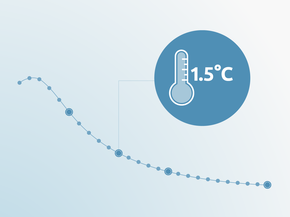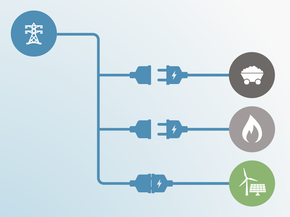Fair Share
Fair Share
China’s climate commitments in 2030 fall between two categories: “Highly insufficient” and “Critically insufficient”. We base our rating of China’s NDC on its commitment of having 10% gas and 20% non-fossil fuels in the primary energy mix by 2030. On this basis, the target falls into the “Highly insufficient“ range. Were we to base the NDC on the carbon intensity target only, it would be “Critically insufficient“, but we have already noted in previous assessments that this target seems substantially less ambitious than other elements of the NDC.
The “Highly insufficient” rating indicates that China’s climate commitment for post-2020 is not consistent with holding warming to below 2°C, let alone limiting it to 1.5°C as required under the Paris Agreement, and is instead consistent with warming between 3°C and 4°C: if all countries were to follow China’s approach, warming could reach over 3°C and up to 4°C. This means China’s climate commitment is not in line with any interpretation of a “fair” approach to the former 2°C goal, let alone the Paris Agreement’s 1.5°C limit.
The range of China’s current policy pathways straddles the range of “Highly insufficient“ and “Insufficient“, with its lower end just in the latter category. Since the range is relatively large (nearly 2 GtCO2e) and only the lowest 10% of the range falls into the “Insufficient“ category, we also rate China’s current policy pathway “Highly insufficient“.
For further information about the risks and impacts associated with the temperature levels of each of the categories click here.
Further analysis
Latest publications
Stay informed
Subscribe to our newsletter






